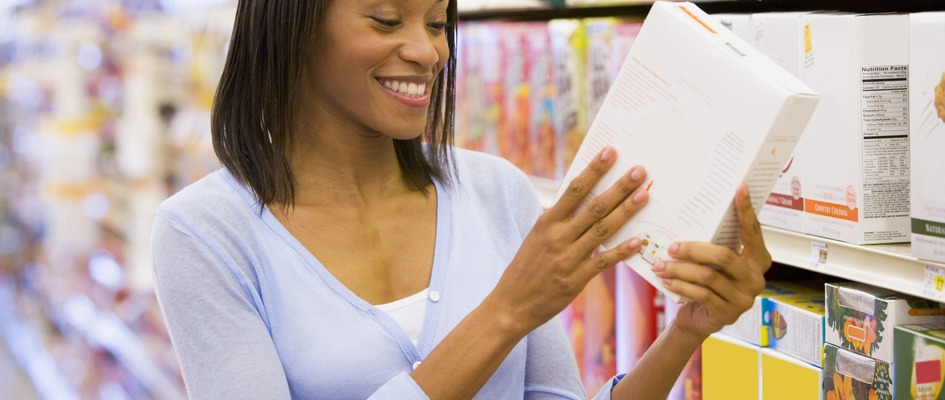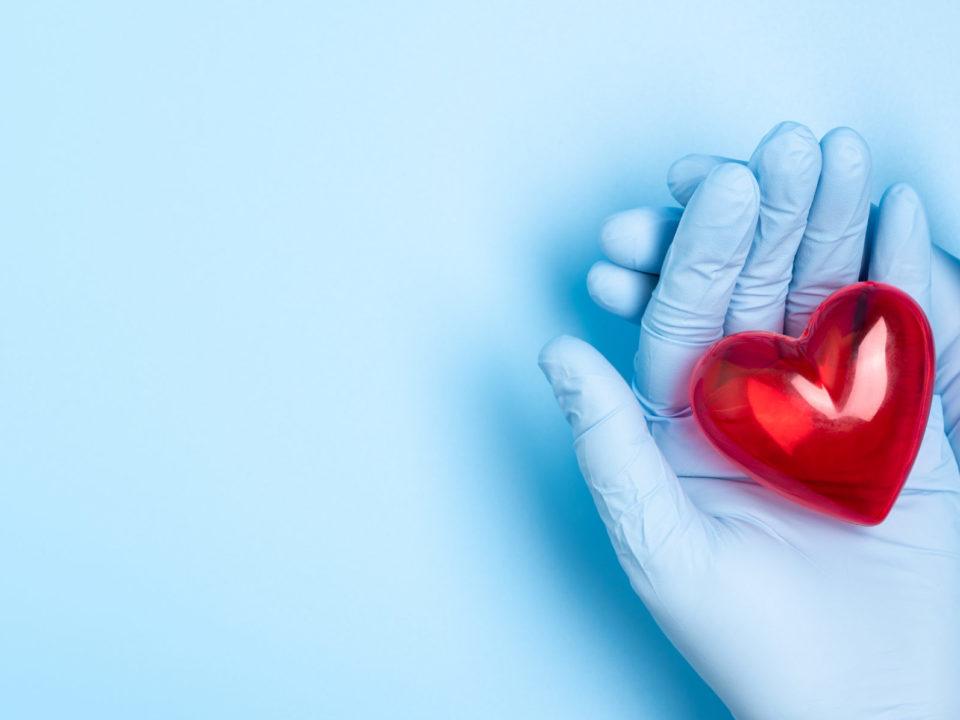Putting a Label on Health and Nutrition
Do we read the labels on food? Generally, no.
Covid-19 has prompted most people to stock up on packaged foods. But are these foods putting our immunity at risk? We all need to eat healthy foods to boost our immune systems at this time. This is why it’s very important to read food labels to check on the nutritional value of what you buy.
But as we wander through the supermarket aisles, lulled by the lovely music and the eye-catching point-of-purchase displays (unless it’s month-end), we sometimes obliviously slip our favourite snacks and foods into the shopping trolley, without really sparing a thought for where they are from and how they are made.
While some may feel that the fuss over health and wellness is bordering on the ridiculous, the truth is that lifestyle-based diseases are becoming more and more prevalent every year – and a lot of this has to do with what we eat. Diet plays a significant role in lifestyle diseases, with 11 of the most common ailments being stroke, heart disease, asthma, obesity, depression, osteoporosis, type 2 diabetes, metabolic syndrome, cirrhosis and other liver diseases, cancer, and dementia/Alzheimer’s – each of which has been connected to diet and nutrition in some form.
Labels are designed to share information about a food’s nutritional value, including the amount of sodium, fat, sugar and fibre that it includes. And in ever greater measure, those labels could help to save our lives. This is especially important for our children, as it is vital to cultivate good habits while they are still young.
Let’s take a look at 4 elements we should pay close attention to on labels:
Sugar
South Africans consume between 12 and 24 teaspoons of sugar per day, with between 4 and 8 of those from sugar-sweetened beverages. Shockingly, a 330ml can of soda will contain an average 8 teaspoons of sugar, while the equivalent quantity of fruit juice will have even more, at 9 teaspoons. But international guidelines suggest no more than 6 teaspoons a day, with zero sugar for children under 2.
Processed sugar, in particular, is easily converted into fat in the liver. With no nutritional value, it is a leading cause of weight gain, which is linked to type 2 diabetes and heart disease.
With the above guideline in mind, calculate the amount of sugar in a product, using the measure that a teaspoon of sugar is the equivalent of 4 grams. Thus a product with 16 grams of sugar has 4 teaspoons in it. Since you’re only supposed to have 6 teaspoons a day, pay special attention to what your young ones eat. Cereals, for example – a favourite for children – have a huge amount of sugar included in them.
Salt
Salt has been consistently linked to high blood pressure, which is a leading cause of heart attack and stroke, as well as kidney disease and eye disease, if left unchecked.
Together with sugar, processed food is often laden with salt. Some of the biggest culprits are canned goods (including vegetables), cured meats, cheeses and breads. Even sugary products are loaded with salt to enhance their flavour. The RDA (recommended daily allowance) for sodium is 2,300mg per day, or just under 1 teaspoon of salt. However, the problem is not the extra salt we add to our food – often it is the salt hidden inside the food, which is clearly seen when you read the label.
Ask your doctor to check your kidney function based on both your salt and sugar intake. Also important is the need to go for screenings for pre-diabetic conditions, as well as the need to check blood sugar and cholesterol.
Trans Fat
This added ingredient has become everybody’s favourite new battering victim, which is why many products claim that they no longer use it. Check the label packaging very carefully to confirm this. If the label still refers to a high amount of saturated fat, then the product is still fattening and can also be unhealthy in larger doses. Even with trans fats being removed from products (it was a favourite in biscuits and cookies), cakes, doughnuts, full-cream milk and chocolate still contain a fair amount of saturated fats.
Total Calories
Modern label packages should give you an indication of the number of calories per serving, and then also for the whole packet. This is helpful for older children such as growing boys, who are big eaters because they have a healthy appetite, or because they want to bulk up for sports. If you have children who are prone to weight gain, watch out for full-creams and even low-fats – often, people innocently eat foods that they think are healthier, because they really are trying to deal with a weight issue, only to find that the foodstuff is actually laden with calories. Always check the labels.
Some people do not realise that, in the normal range of their eating day, they may be consuming as many as 6,000 calories – when the average for a normal woman is around 1,500 and a normal man around 2,000.
Have a chat with your doctor about your BMI (or body mass index) and that of your child. If any member of the family has a BMI value above 25, then they are overweight. For children, this carries the added scourge of being teased at school, and leads to a litany of problems as they get older and those bad habits are hard to break.
We only each have one body. Let’s work to treasure it.
The lenmed Group is a world-class chain of Private Hospitals that brings quality healthcare to communities across Southern Africa.
For more information please contact:
L Singh
Clinical Dietician RD (SA)
Ethekwini Hospital and Heart Centre
Tel: +27 (0) 31 581 2524
Email: [email protected]
Website: www.lorishasingh.co.za
Disclaimer: Any information contained here is merely a guideline. Always visit your healthcare practitioner for any health-related advice or diagnosis.















